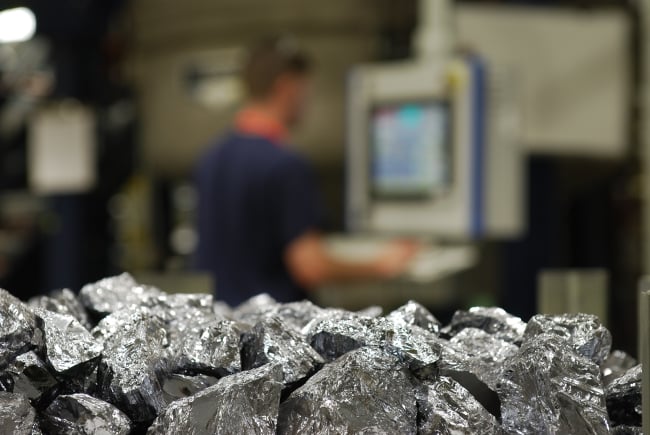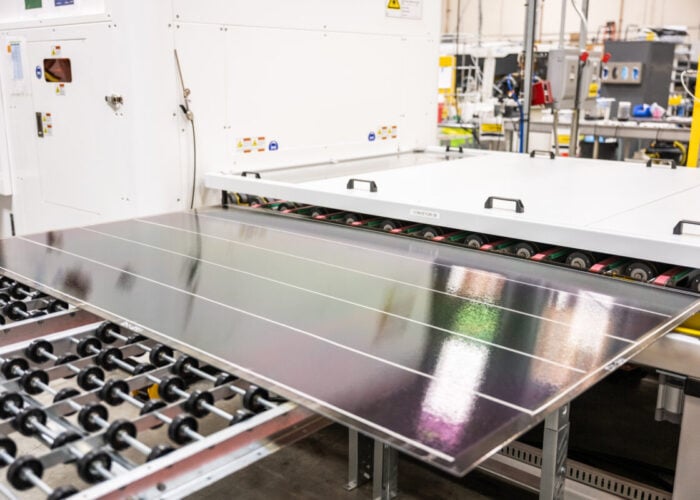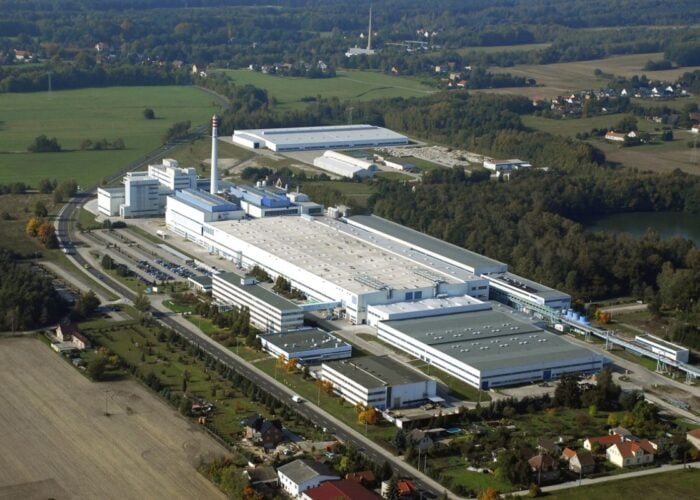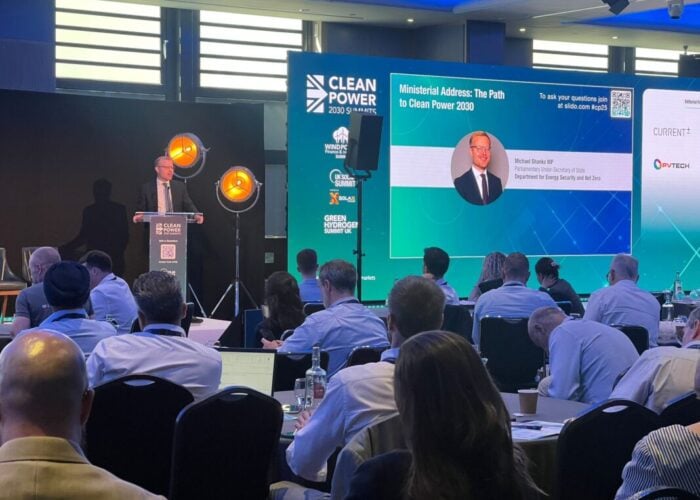
Daqo New Energy recorded a dent to its quarterly revenues and margin in Q4 2021 after production costs spiralled and sales fell against a slide in demand.
Reporting its Q4 and full year 2021 results today, Daqo noted that it produced around 23,600MT of polysilicon in the final quarter of the year but sold just 11,642MT, a fall of 45% on the 21,183MT the company sold in the previous quarter.
Unlock unlimited access for 12 whole months of distinctive global analysis
Photovoltaics International is now included.
- Regular insight and analysis of the industry’s biggest developments
- In-depth interviews with the industry’s leading figures
- Unlimited digital access to the PV Tech Power journal catalogue
- Unlimited digital access to the Photovoltaics International journal catalogue
- Access to more than 1,000 technical papers
- Discounts on Solar Media’s portfolio of events, in-person and virtual
And while average selling prices for polysilicon in the quarter rose by around 23% sequentially to US$33.91/kg, production costs rose at a far quicker rate, more than doubling to US$14.11/kg on the back of higher silicon powder costs.
Quarterly revenue fell to US$395.5 million, down nearly one-third (32.5%) on Q3’s quarterly record, while gross profit slipped to US$239.8 million, representative of a gross margin that fell by nearly 14 percentage points to 60.6%.
Daqo said it had witnessed reduced downstream demand during the reporting period, caused by usual end of year seasonality and downstream inventory adjustments caused by wafer providers lowering utilisation rates. During Q4 2022 polysilicon pricing spiked further to highs of RMB269/kg (US$42.6/kg), prompting further volatility throughout the solar PV value chain.
Longgen Zhang, chief executive at Daqo, said that after “extensive analysis” of supply and demand dynamics, the company considered the impact to be “temporary in nature” and that utilisation rates of wafer manufacturers will recover “once the solar value chain achieves a new balance”.
By January 2022, Daqo said it had already witnessed market orders pick up, with the company also able to cater for some demand from its Phase 4B expansion project which produced its first polysilicon in December 2021 and is expected to produce 9,500MT in the opening quarter of this year.
Despite the challenges faced in the closing quarter, Daqo still posted a more-than-quadrupling of gross profit for the year, rising to US$1.1 billion.
In its guidance, Daqo said it expected to produce 31,000 – 32,000MT of polysilicon in Q1 2022 and 120,000 – 125,000MT this year.
Earlier today Daqo also confirmed it is effectively sold out for this year after a spate of long-term deals.






